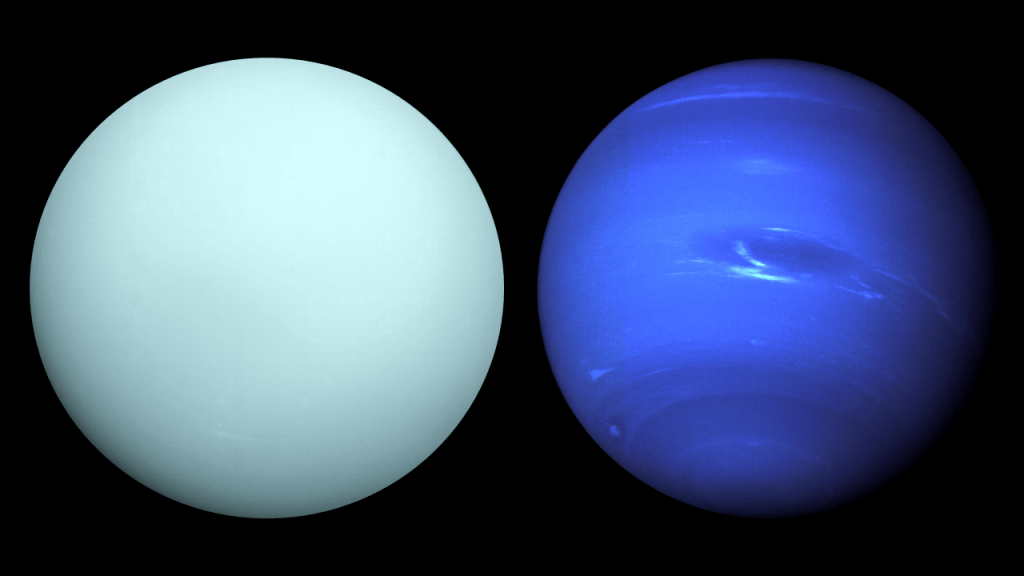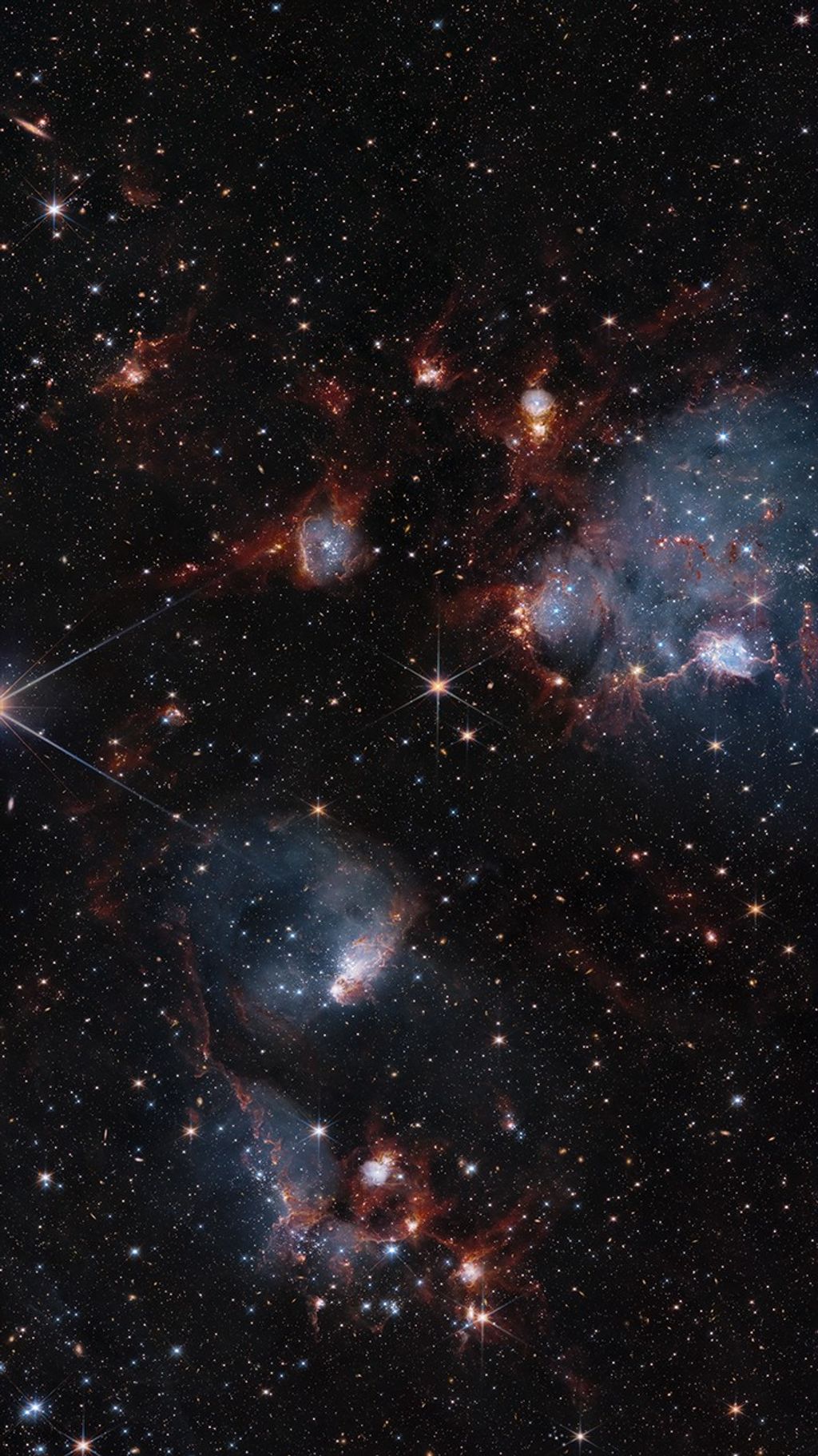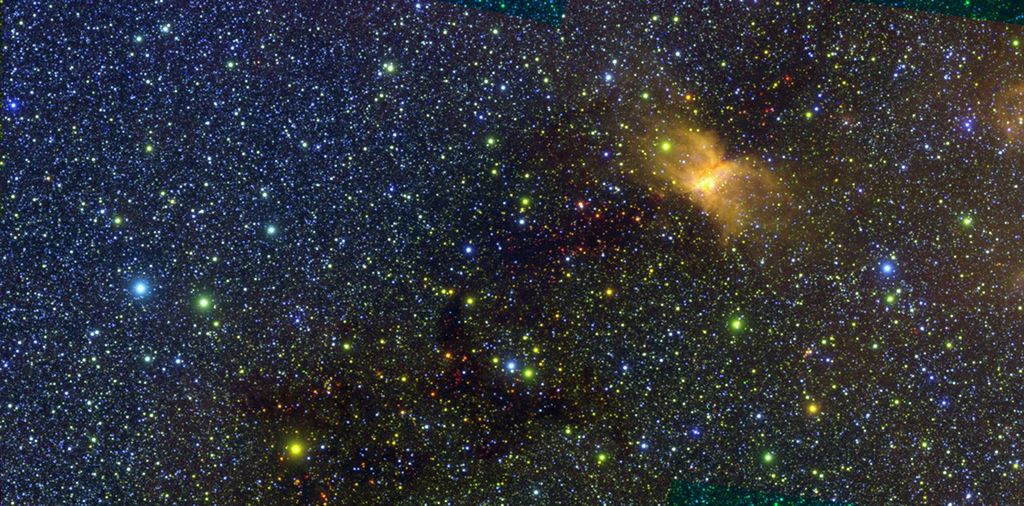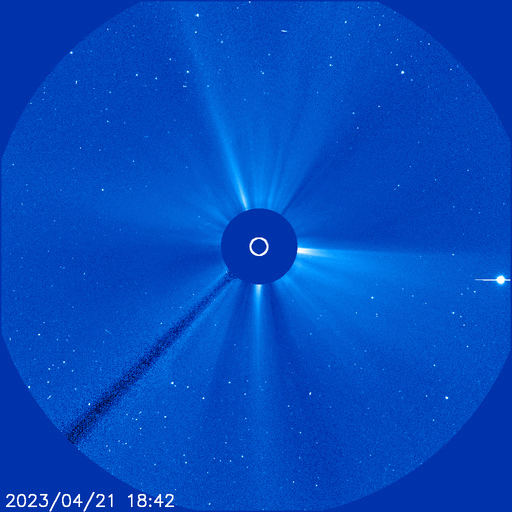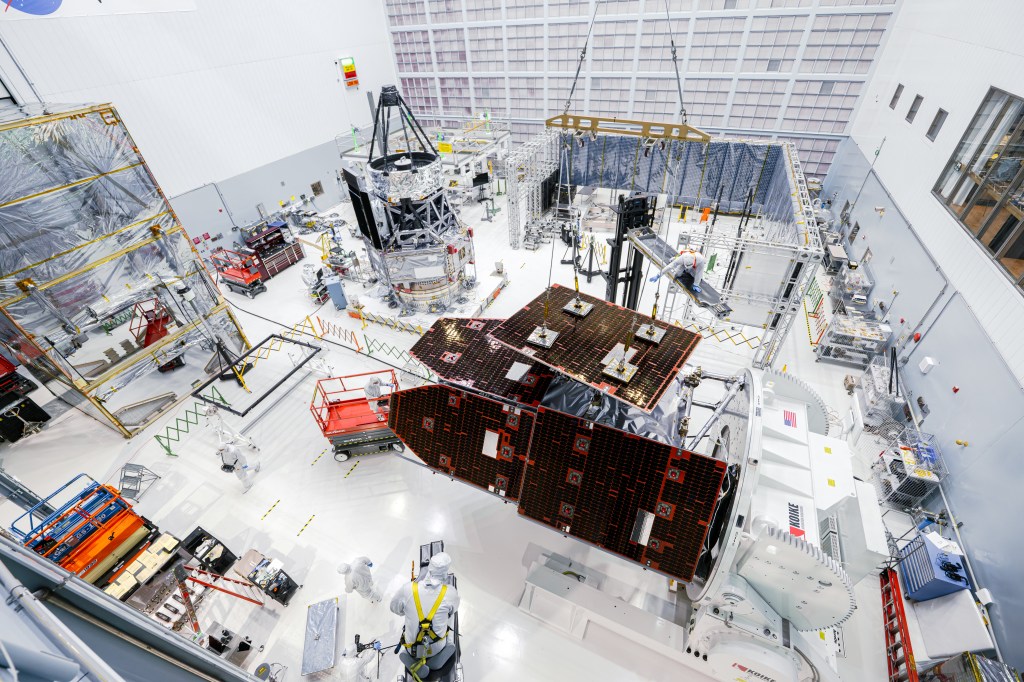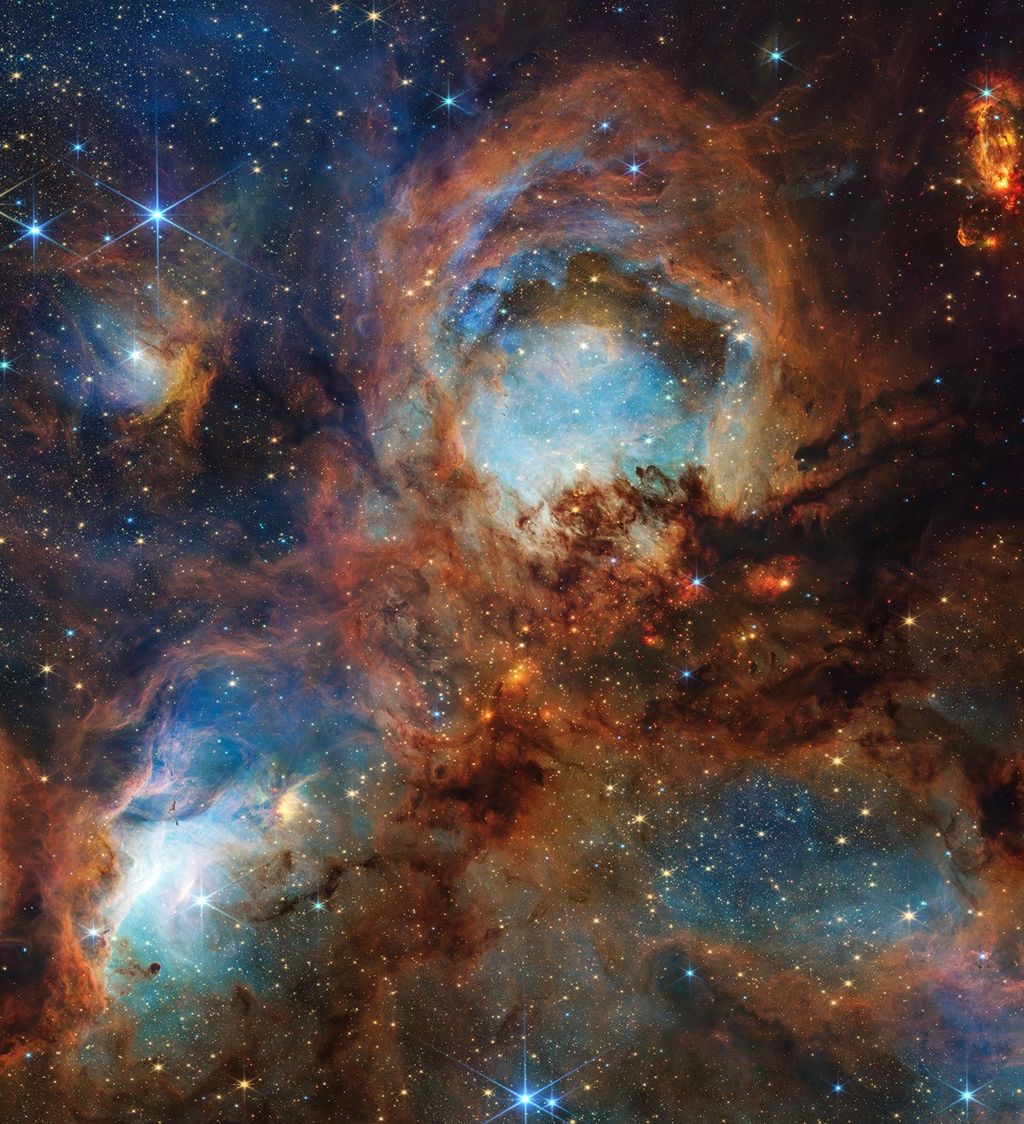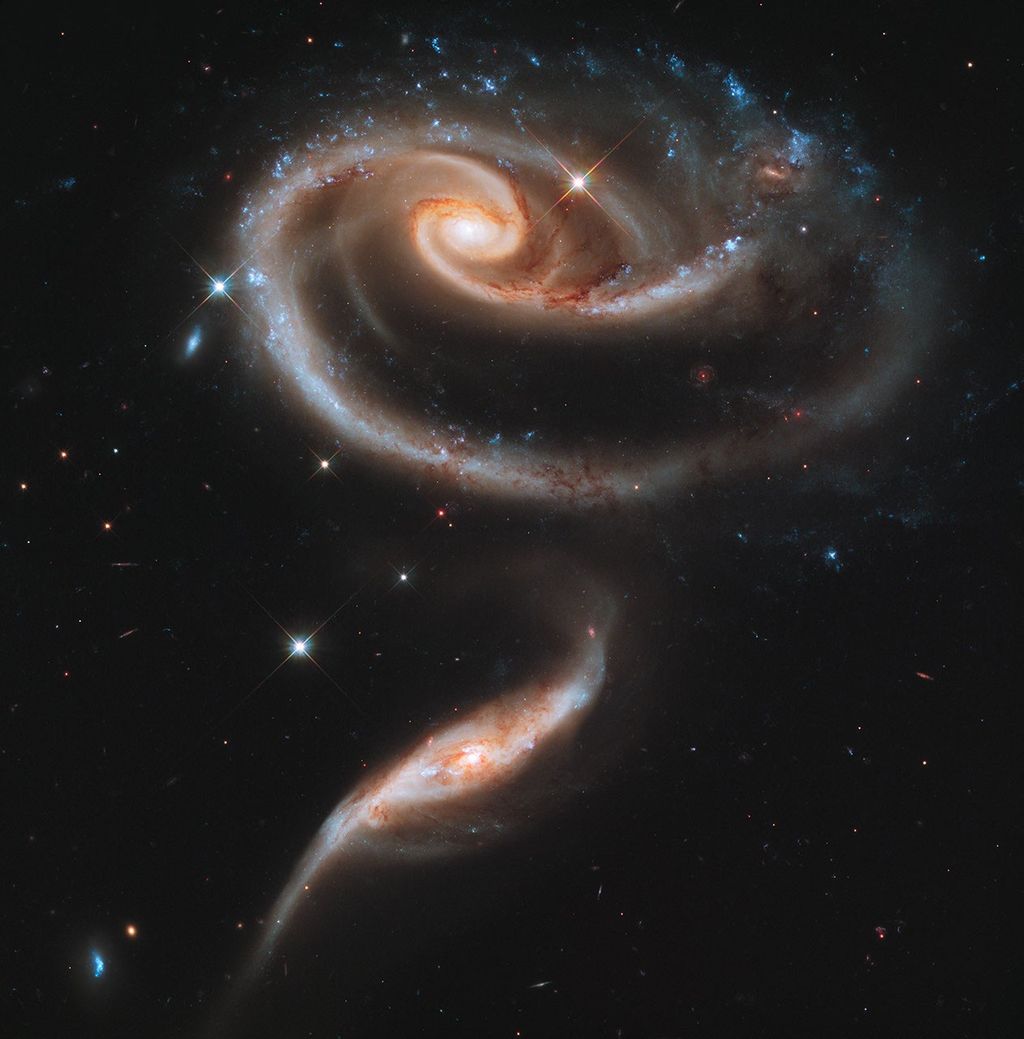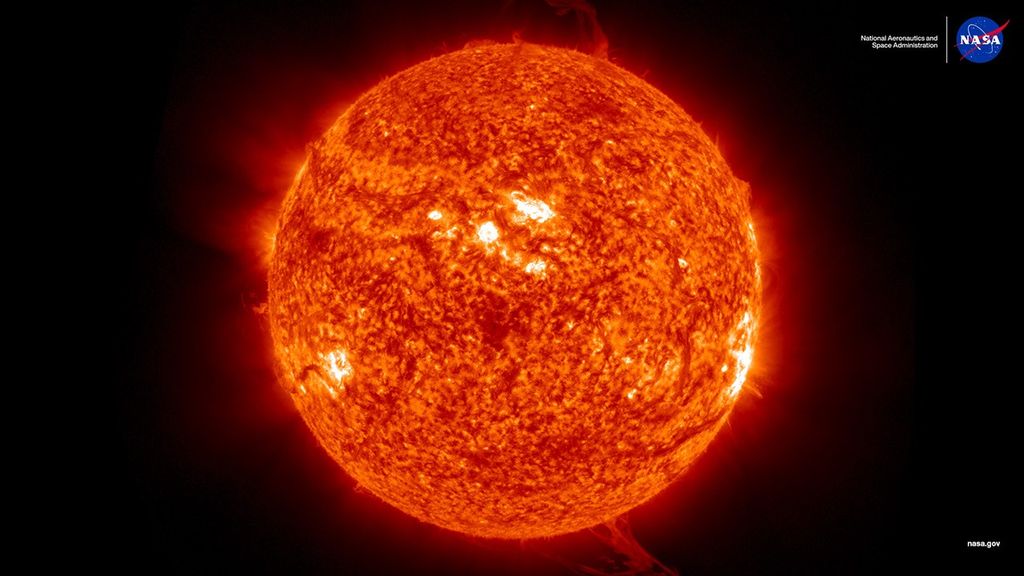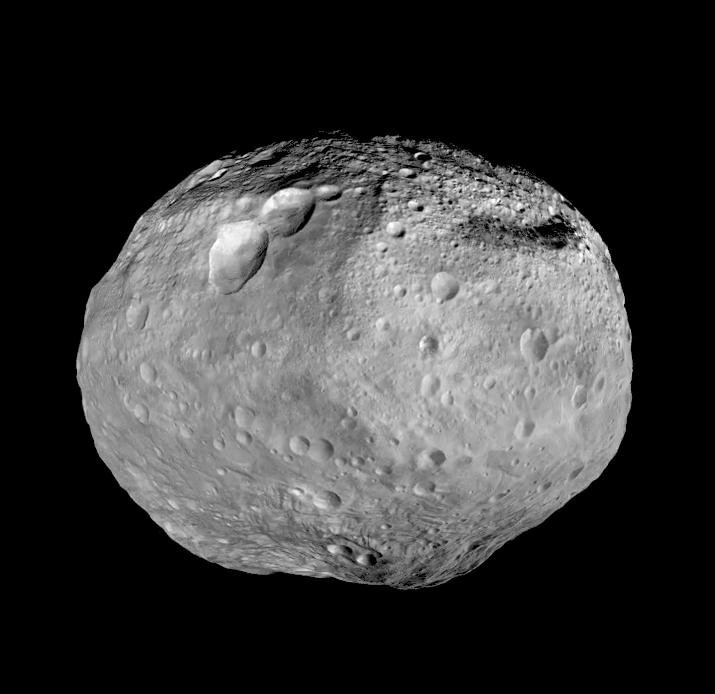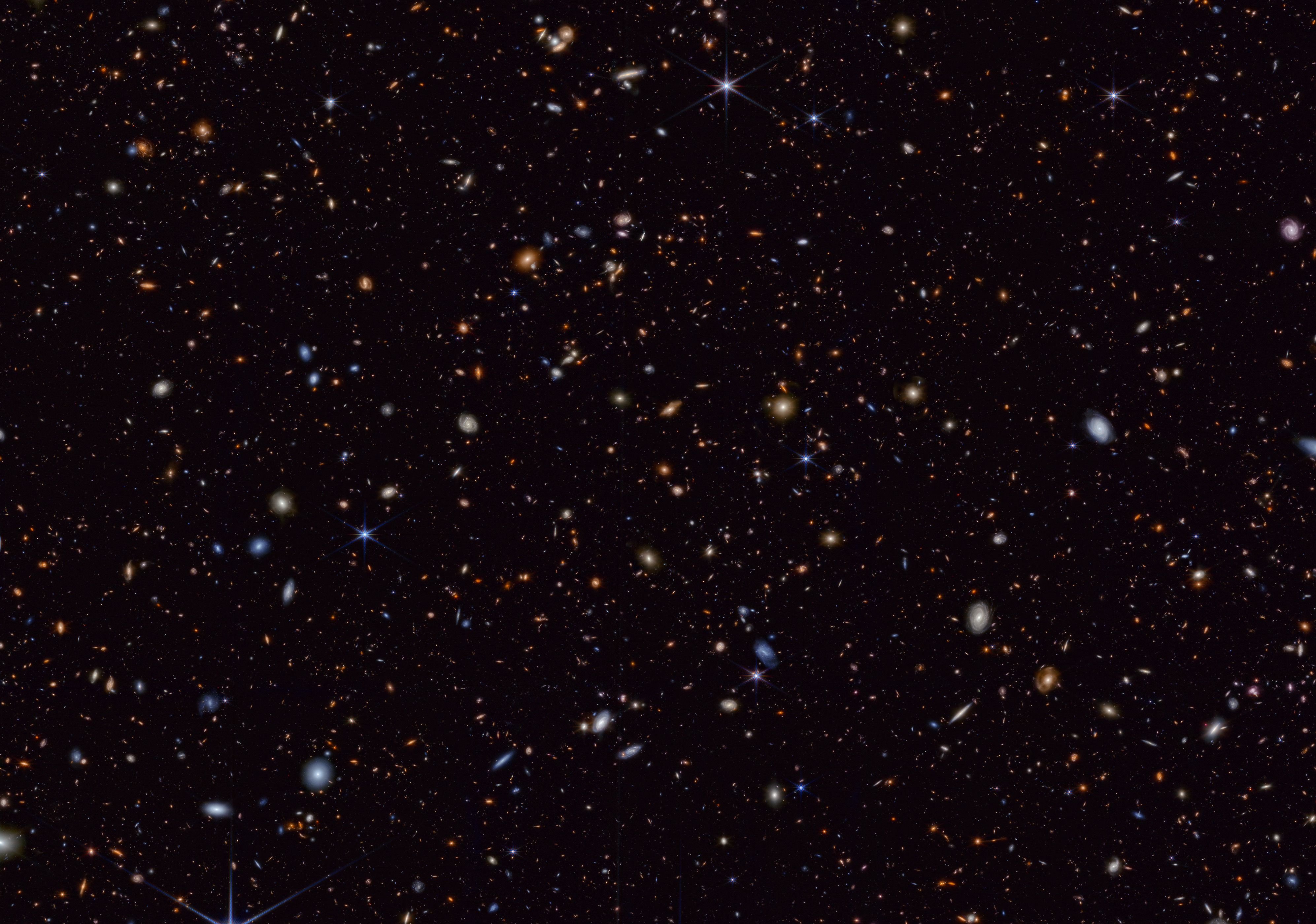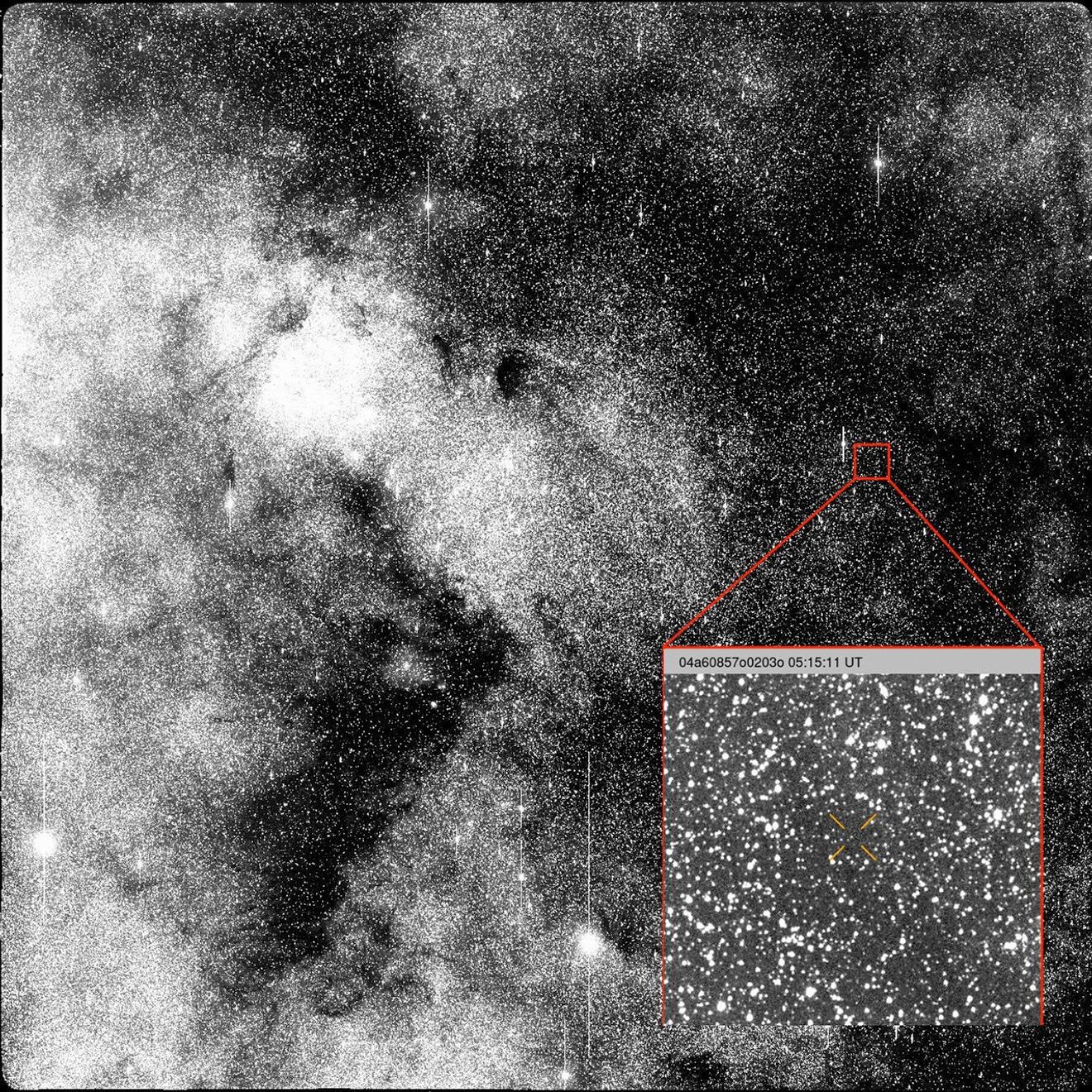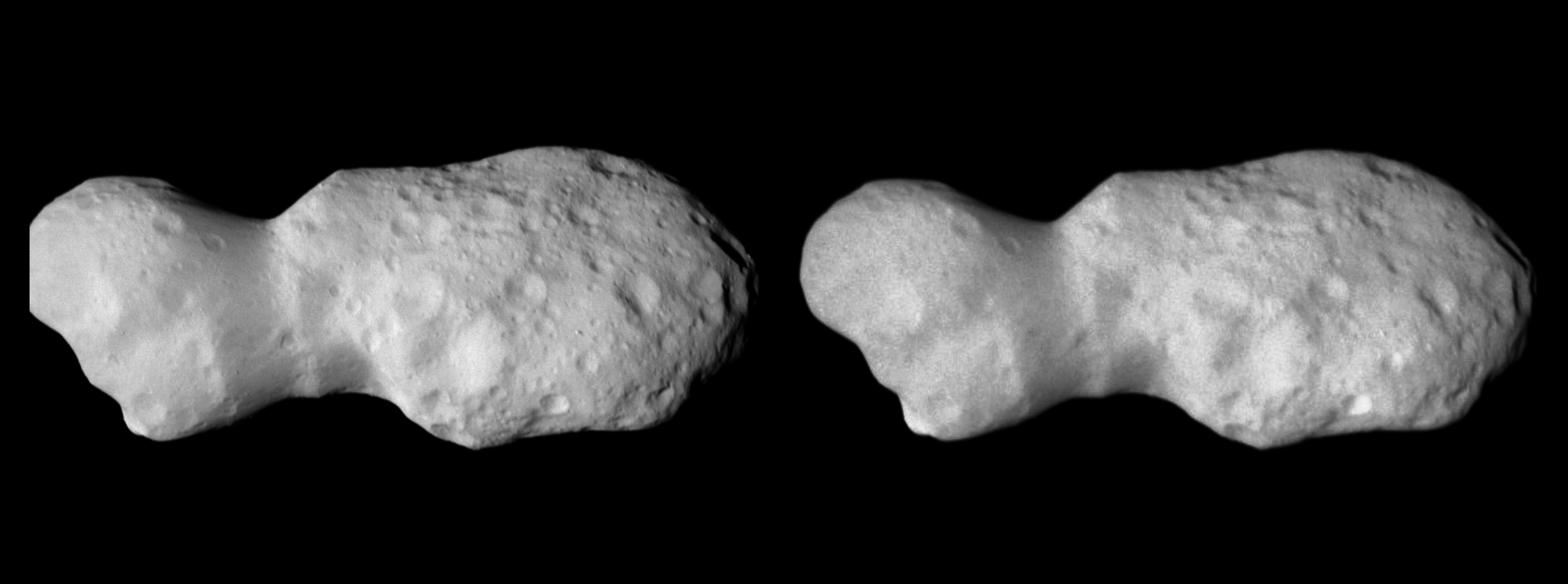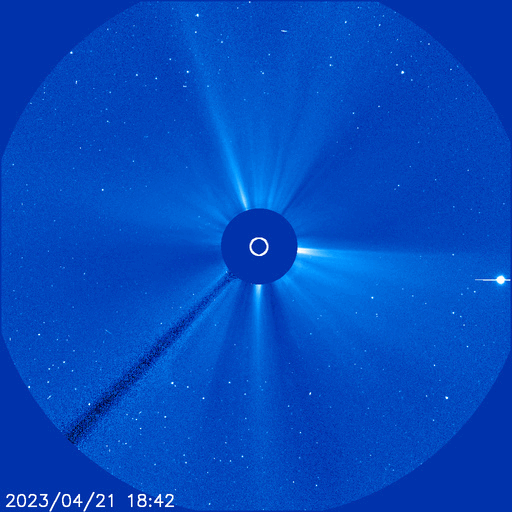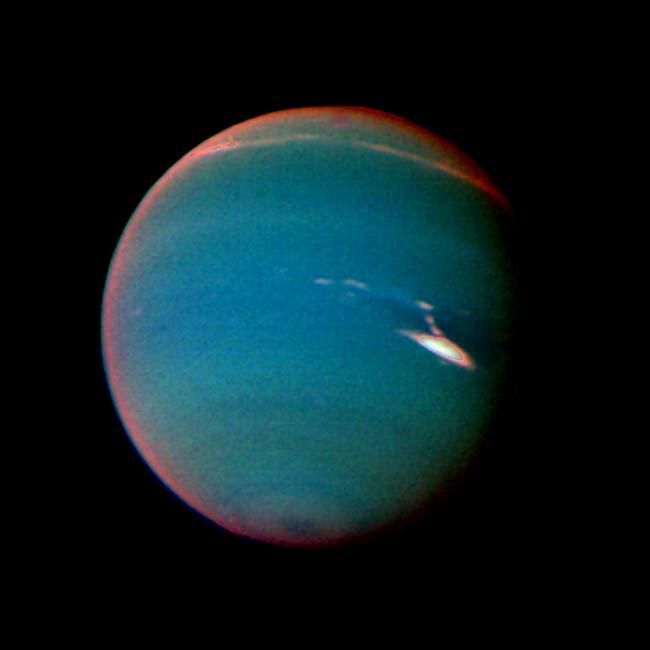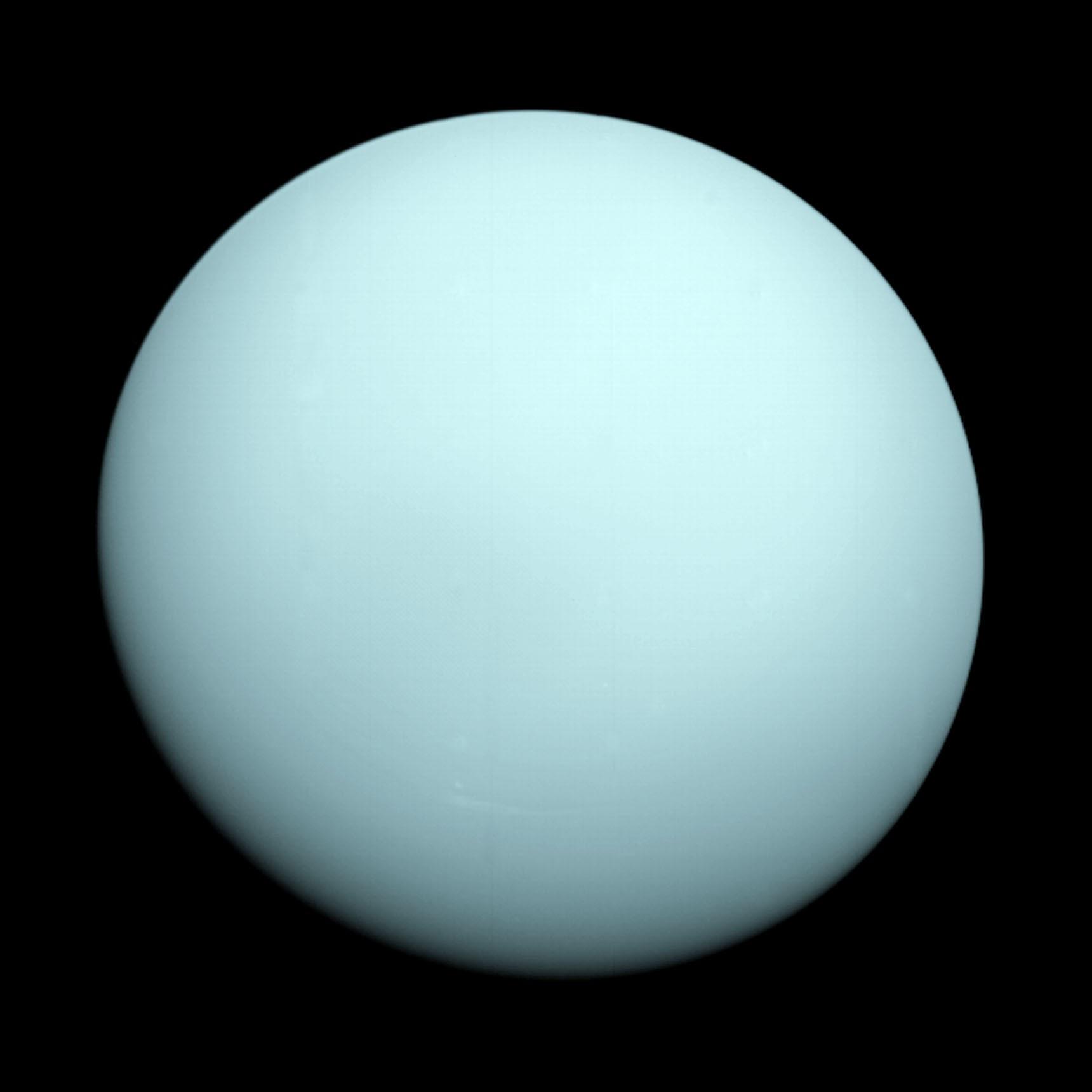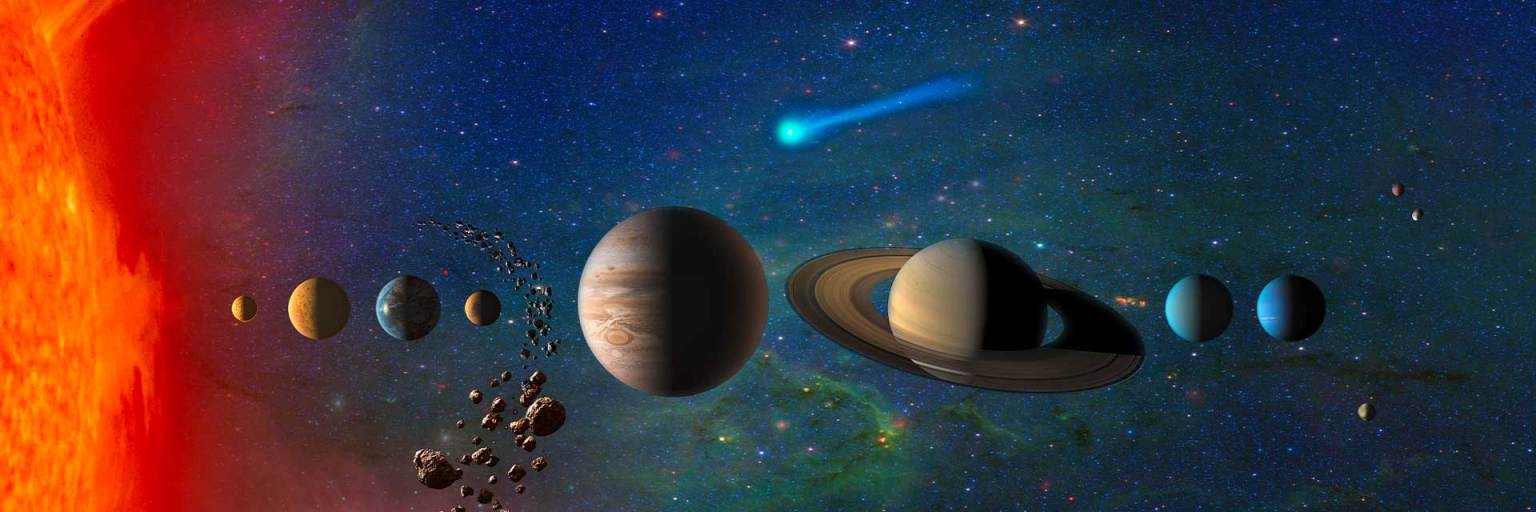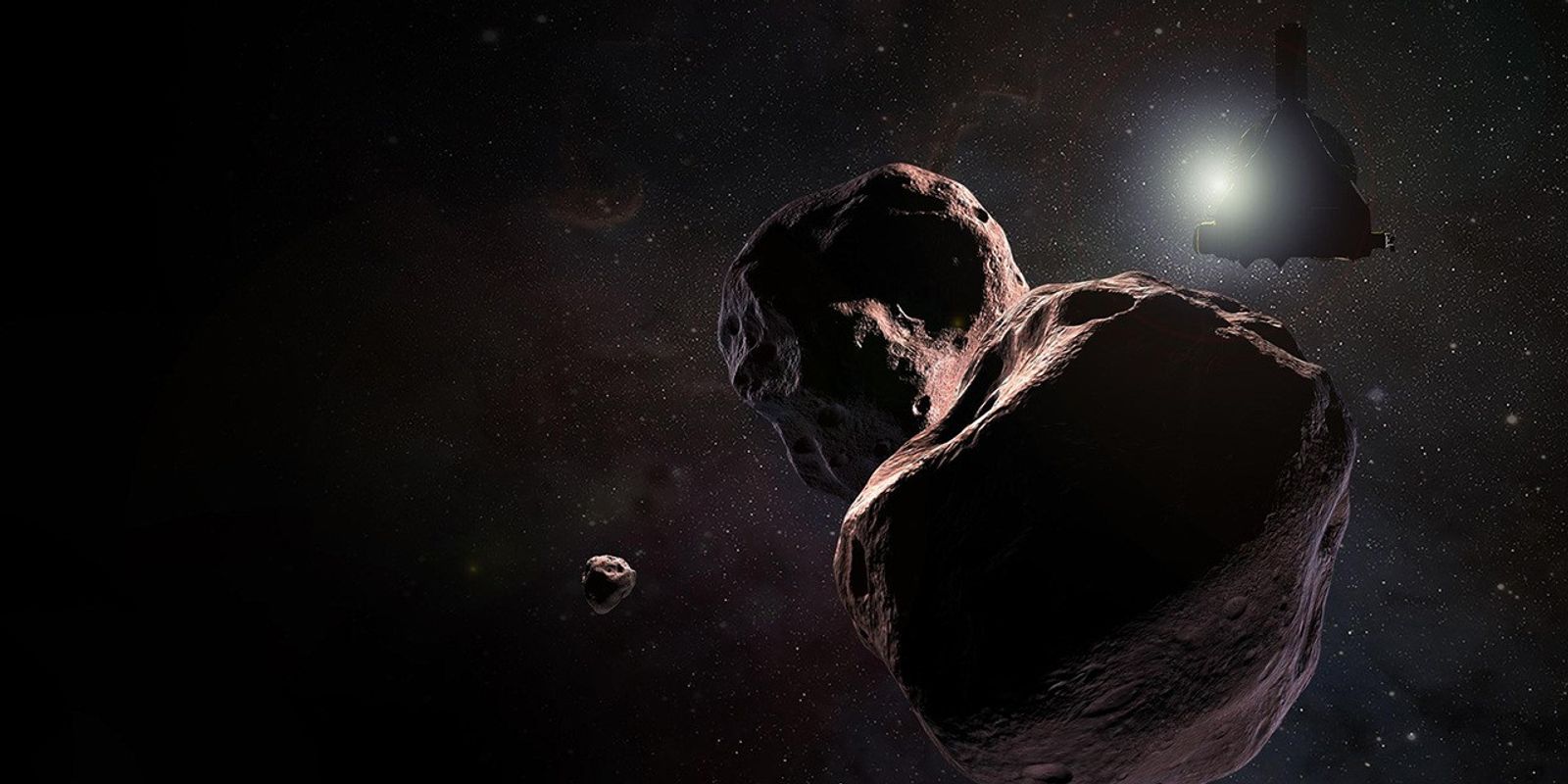
Neptune
Neptune is the eighth, and most distant planet from the Sun. It’s the fourth-largest, and the first planet discovered with math.
Neptune Facts
Dark, cold and whipped by supersonic winds, giant Neptune is the eighth and most distant major planet orbiting our Sun.
More than 30 times as far from the Sun as is Earth, Neptune is not visible to the naked eye. Neptune was the first planet located using math.
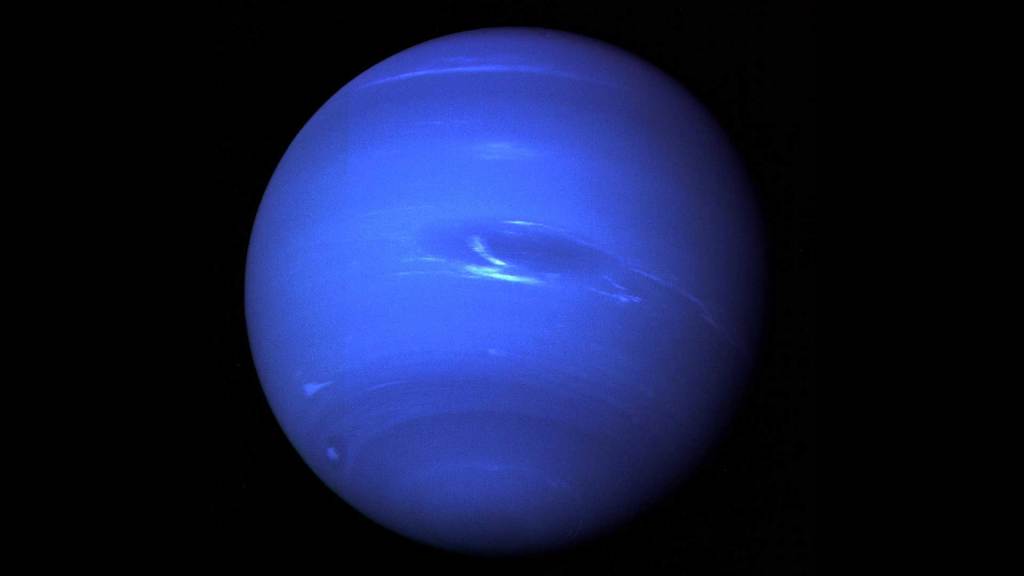
Neptune Exploration
Galileo recorded Neptune as a fixed star during observations with his small telescope in 1612 and 1613.
More than 200 years later, the ice giant became the first planet located through mathematical predictions rather than through observations of the sky. In 1989, NASA's Voyager 2 became the first -and only - spacecraft to study Neptune up close.
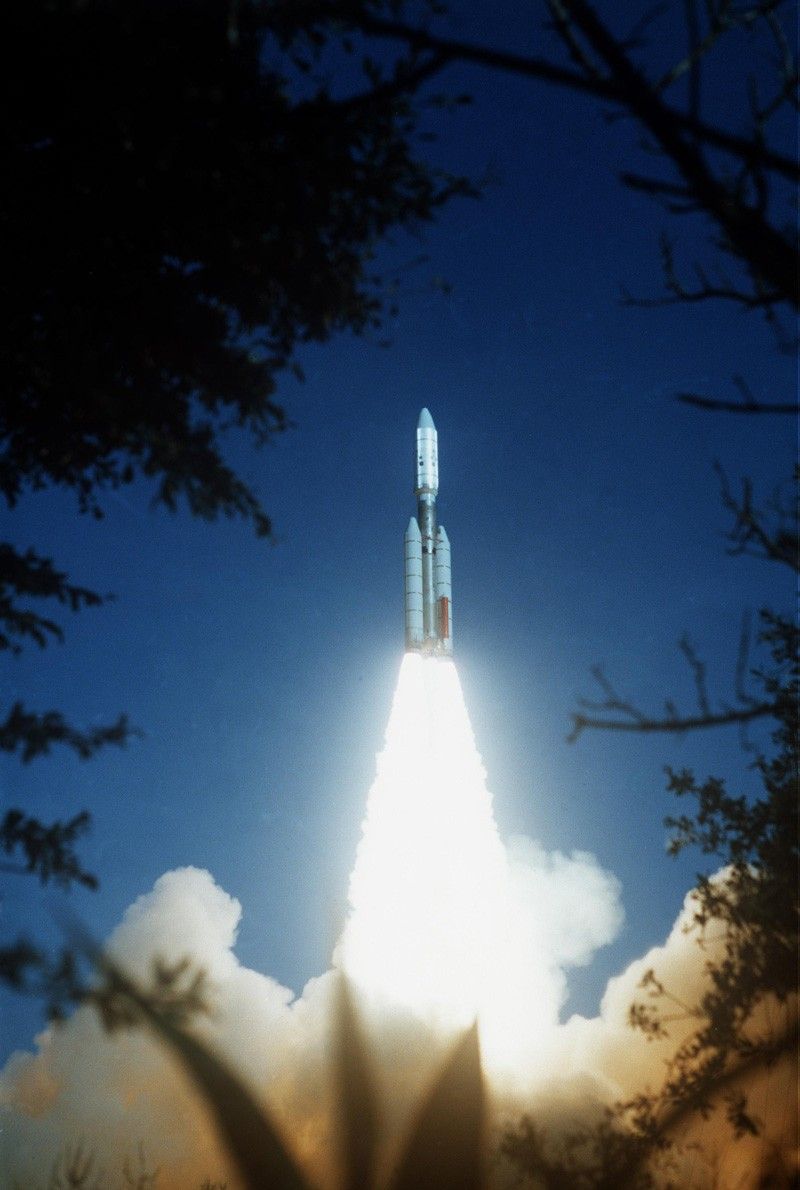
Neptune Moons
Neptune has 16 known moons.
English merchant and astronomer William Lassell discovered the first and largest of Neptune's moon – Triton – on Oct. 10, 1846, just 17 days after a Berlin observatory discovered Neptune.
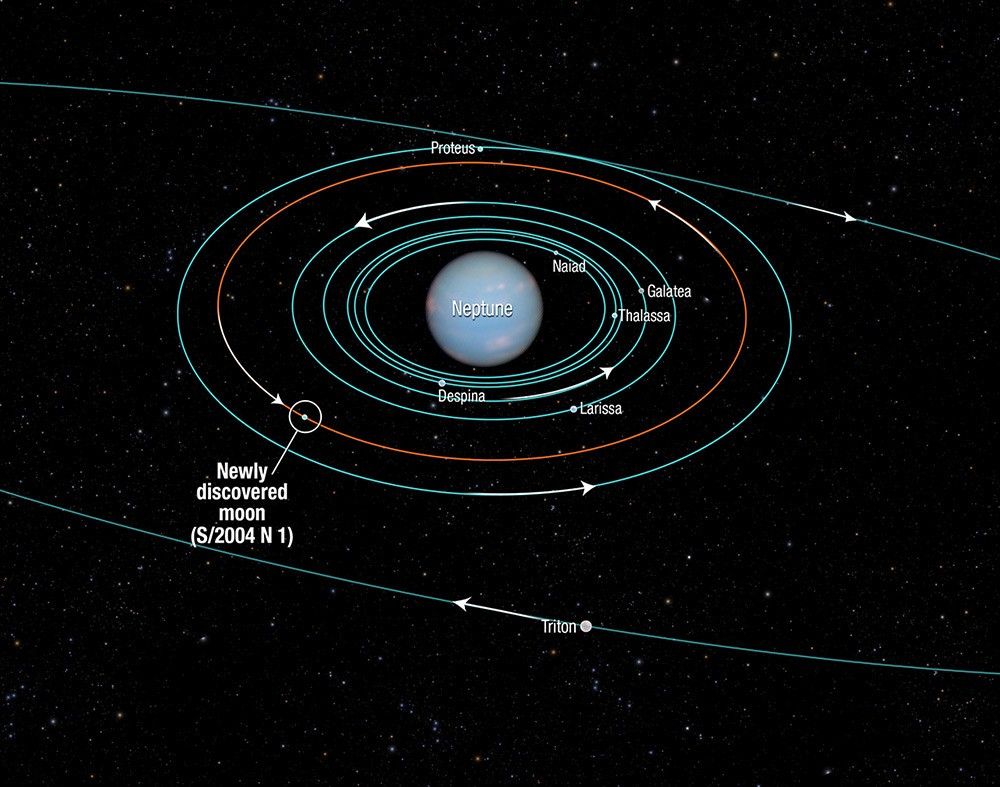
Ice Giant Resources
Resources for Neptune and Uranus.
Explore a curated collection of resources about ice giants, including activities that can be done at home, as well as videos and animations, images, and posters.
